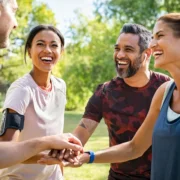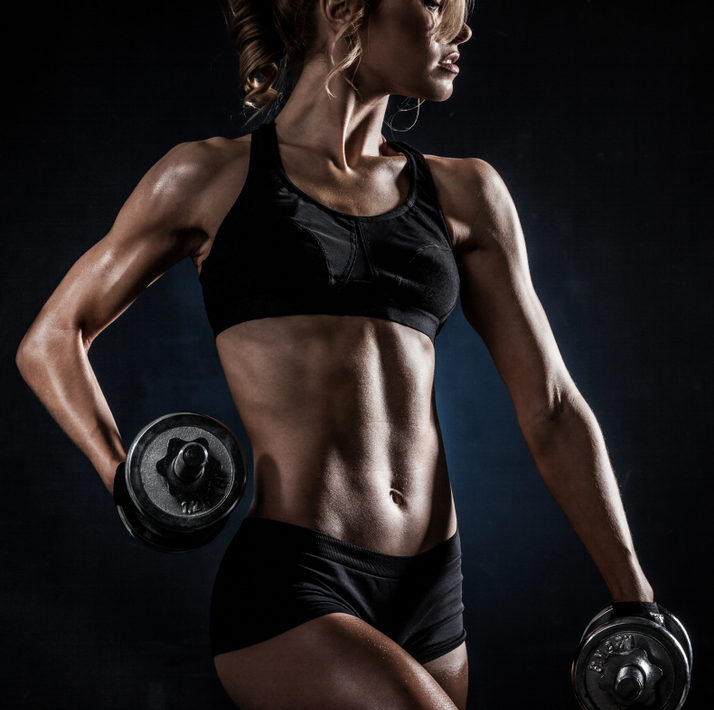The Wellness Gold Rush Is On: 6 Hot Spaces Set To Explode
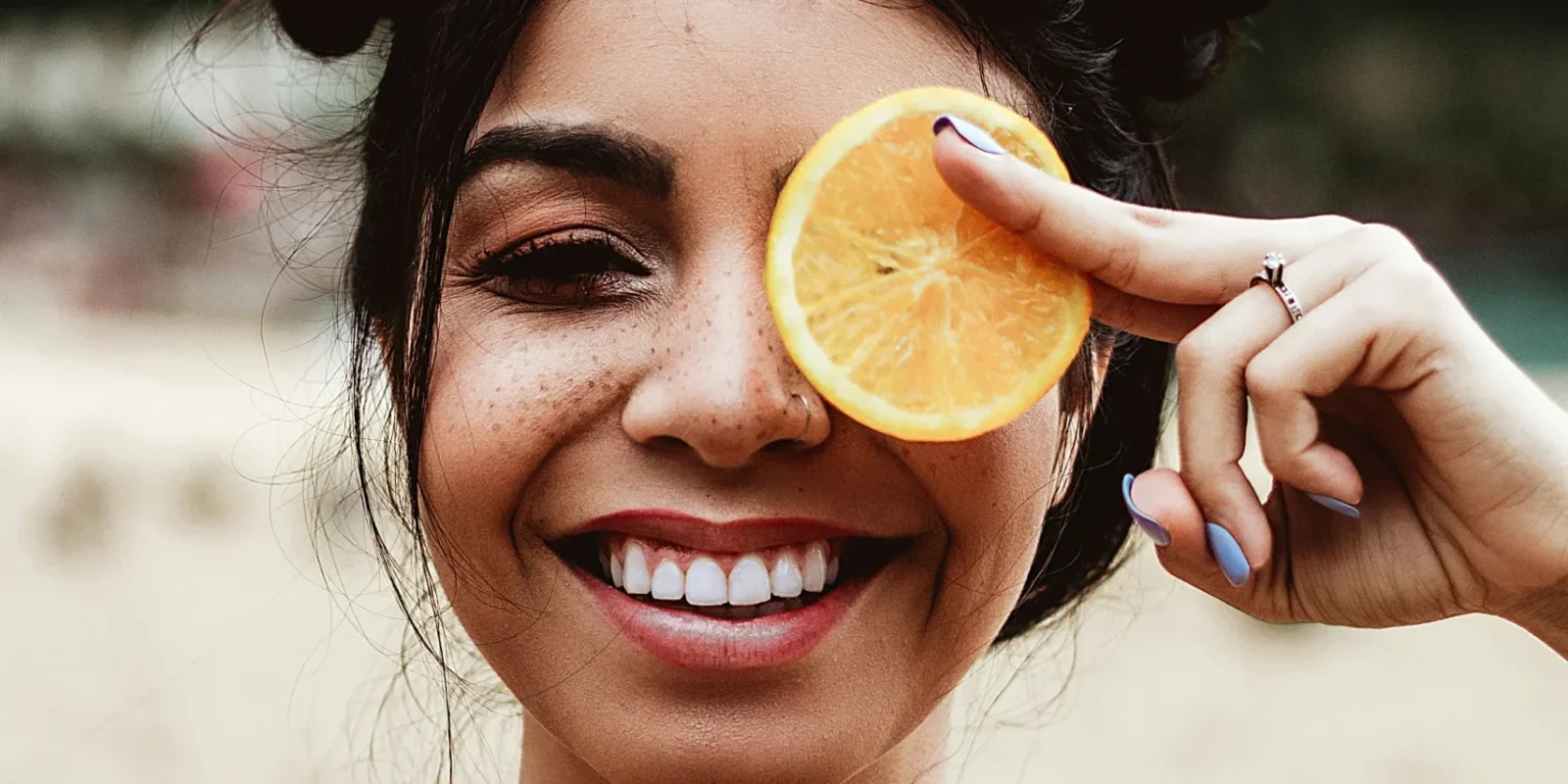
Now a $2 trillion global market, wellness is proving to be a surprisingly resilient category. A new McKinsey report highlights six areas showing strong growth with Gen Z and millennials
If there’s one word poised to define 2025, it’s prevention. But true prevention starts with consistency, where wellness is no longer an occasional effort or a luxury one-off, but a daily commitment…and Gen Z has taken the lead.
These days, consumers aren’t waiting for a health scare to invest in their well-being. For millennials and Gen Z, wellness is woven into everyday life, and they’re demanding more innovation, personalization and value than ever before.
According to McKinsey’s latest Future of Wellness survey, millennials and Gen Z now account for over 41% of all wellness spending in the U.S., despite making up just 36% of the adult population. Nearly 30% of these consumers say they’re prioritizing wellness more than they were just a year ago, driven by rising stress, increased exposure to health content on social media and a broader view of what wellness actually means (hint: it’s become much more than green juice).
The global wellness industry, valued at more than $2 trillion, is expanding beyond its traditional pillars to meet the rising demand. And while younger consumers are leading the charge, older demographics are increasingly investing in their well-being, too.
But six fast-growing categories are driving the next chapter of wellness, according to McKinsey. Here’s what to watch:
Function-First Foods
Forget bland or icky-tasting health foods. Consumers want their snacks to do heavy lifting and taste delicious. Functional nutrition, a category that includes everything from gut-friendly sodas like Olipop to protein-packed potato chips, is booming. Nearly half of consumers in the U.S., U.K. and Germany say they’ve purchased functional food or beverages in the past year, with Gen Z and millennials leading the charge, according to the Future of Wellness report.
Notably, even major players like PepsiCo and Hershey Co are all in on the better-for-you space acquiring Poppi and LesserEvil Deal, respectively.
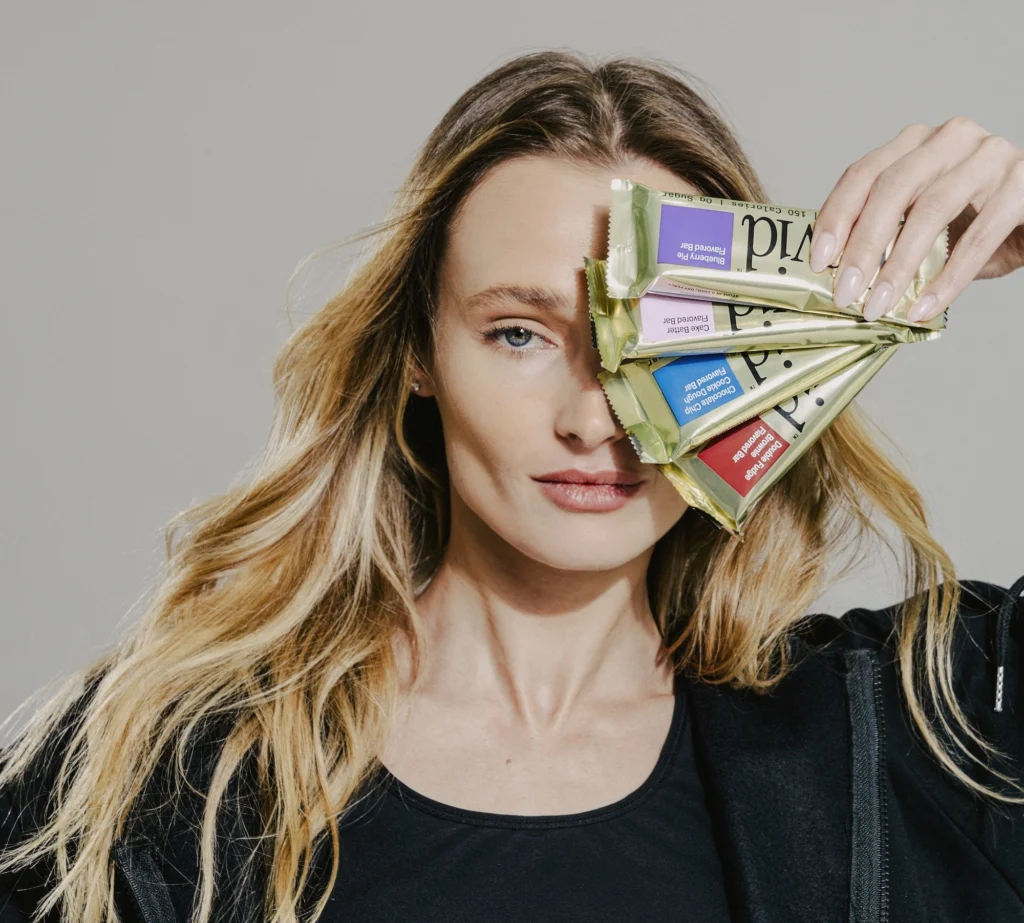
One new contender in the space? David bars, a protein bar brand packing 28 grams of protein with just 150 calories. Co-founded by RXBar’s Peter Rahal and packaged in shiny gold wrappers reminiscent of a Willy Wonka ticket, David just raised $75 million in a golden Series A round.
Beauty Meets Wellness
Beauty is no longer skin-deep. From collagen-infused beverages to CBD-laced creams, consumers are increasingly turning to products that blend aesthetics and wellness. Gen Z in particular ranks appearance as a top health priority and is spending more on cosmetic procedures, including preventative treatments like Botox and skin-boosting supplements.
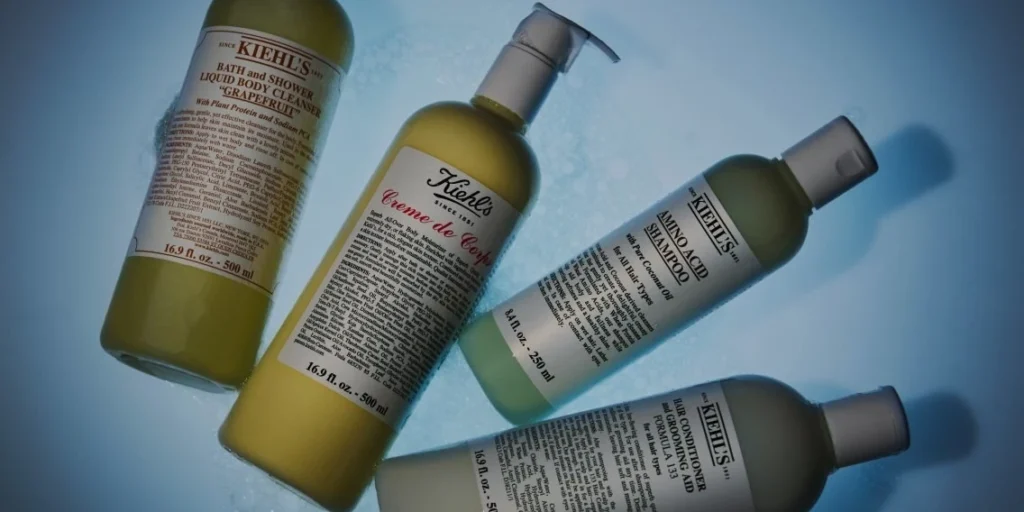
Retailers and brands are also teaming up across categories, such as Ulta selling wellness tonics or fitness clubs integrating self-care perks. Luxury athletic country club Life Time is getting into the action, soon offering Kiehl’s high-end skincare products in its Manhattan and Brooklyn clubs to elevate the member experience and support their wellness routines. Meanwhile, in Los Angeles, upscale fitness and wellness club Heimat offers deluxe locker rooms stocked with complimentary bath and beauty products as well as a full-service beauty spa.
AI-powered personalization and tech-forward collabs are also on the rise, delivering tailored solutions that fuse beauty and well-being, according to the survey.
Longevity for All Ages
Living longer—and better—is a top priority across all age groups. But unlike past generations, younger consumers are getting proactive about aging. Longevity now means more than just wrinkle creams; it’s about preserving cognitive function, energy and independence.
Products and services designed to slow cellular aging, improve mitochondrial health or support joint function are attracting attention, especially when they deliver short-term benefits like better sleep or increased energy. The key for brands, according to McKinsey, is to position longevity as an everyday investment for every age.

Even the boutique fitness space is leaning into longevity. Pvolve—best known as Jennifer Aniston’s go-to workout—recently trialed an exclusive program in partnership with biotech startup Tally Health, co-founded by renowned longevity expert Dr. David Sinclair. Now, the two are launching a curated bundle designed to extend and elevate healthspan.
Beyond the Getaway
It’s no surprise that wellness tourism is at an all-time high, despite economic uncertainty. Consumers are carving out time and travel budgets for boutique fitness classes, IV drips, yoga retreats and hot-cold therapies. In the U.S., more than half of wellness travelers reported driving two or more hours for services like thermal baths or meditation workshops, according to McKinsey.
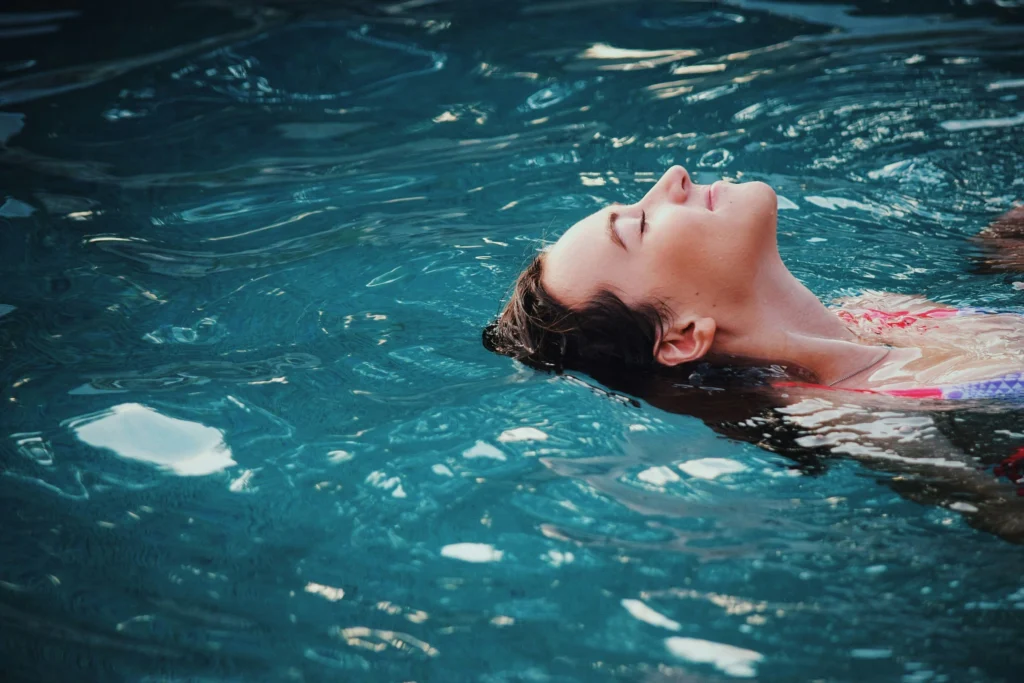
The rise of “edutainment” retreats—where participants not only recharge but also learn tools they can bring home—is opening doors for hospitality brands, wellness practitioners and fitness instructors to collaborate on more immersive offerings.
Among those leading the space is Suzelle Snowden of Fit Bodies, Inc., a global platform connecting certified fitness professionals with resorts seeking to elevate their guest experience with fitness classes and wellness experiences.
The GLP-1 Era
The weight-loss conversation is being reshaped by the explosion of GLP-1 medications like Ozempic and Zepbound. But that’s only part of the story. Younger consumers continue to struggle with motivation and consistency, prompting new demand for solutions that go beyond the scale. In fact, more than a third of Gen Z and millennial consumers in the U.S. and the U.K. report finding it very difficult to manage their weight.
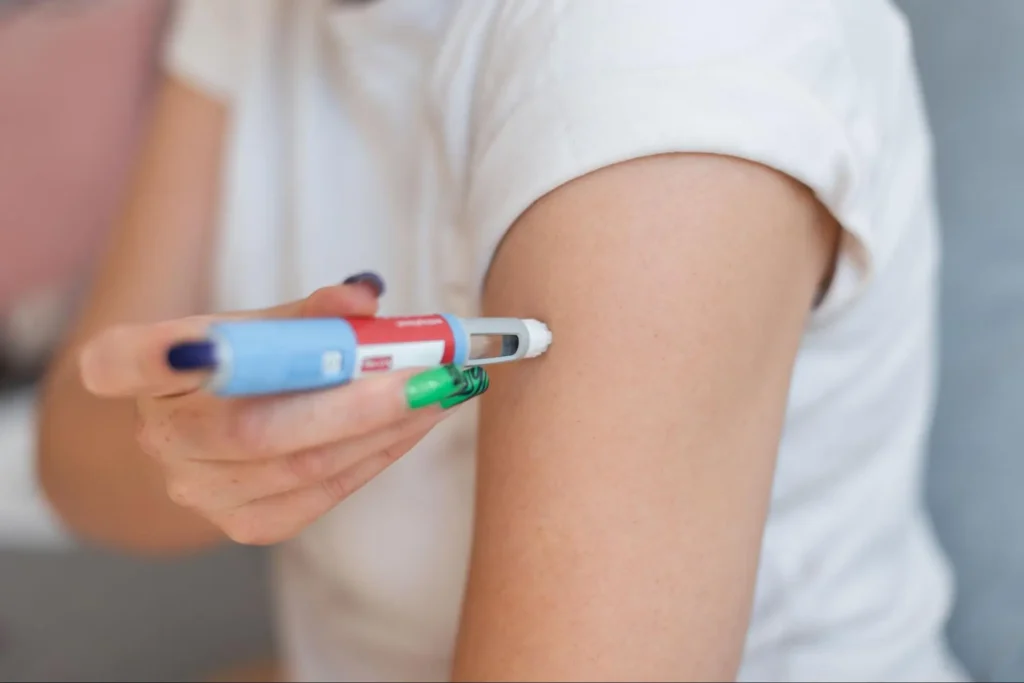
Nutritionist-led programs, smart workout routines and fortified food products are all gaining steam, especially among those on appetite-suppressing medications looking to preserve muscle mass and manage digestion.
Fitness and wellness companies are actively responding to this shift. For instance, the International Sports Sciences Association (ISSA) has launched a GLP-1 support course to help fitness professionals guide clients through weight loss, behavior change and long-term health success. Additionally, F45 Training has expanded its wellness focus by integrating GLP-1 medications into its offerings.
The bottom line? Expect more brands to tailor offerings to this growing GLP-1 user base, according to McKinsey.
Modern Mindfulness
Burnout, anxiety and social media fatigue are fueling interest in mental wellness, particularly among Gen Z and millennials. But the path to peace of mind looks different for everyone. For younger consumers, skincare routines, better sleep and movement are just as important as therapy.
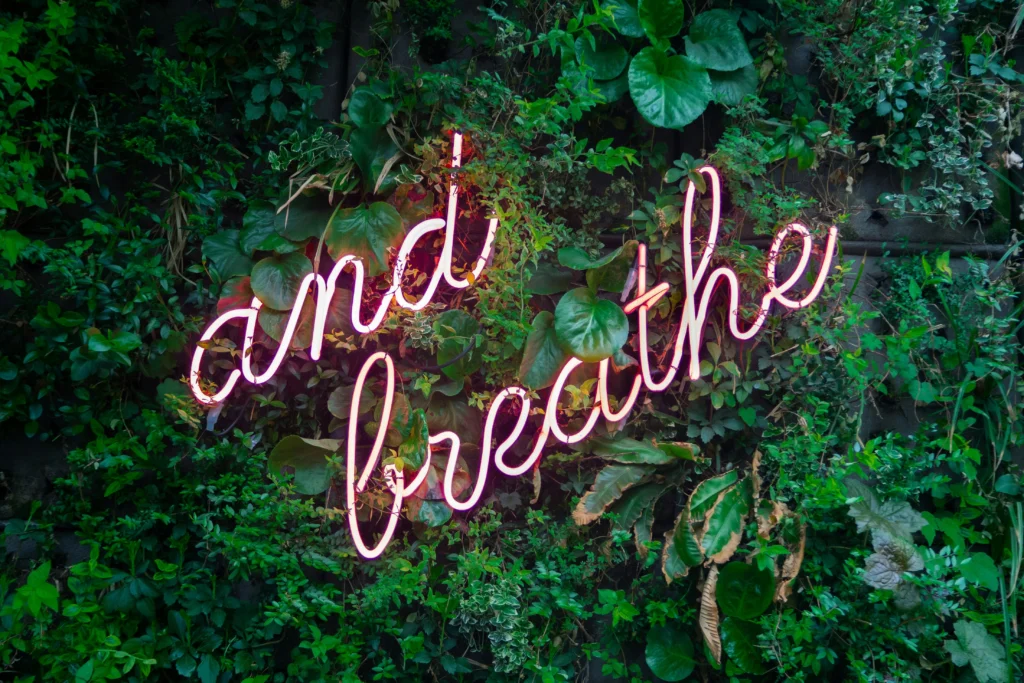
Apps have made mindfulness more accessible, but scaling remains a challenge in a saturated market. To stand out, McKinsey notes that companies must focus on specific user needs, offer differentiated content and forge strategic partnerships.
In honor of Mental Health Awareness Month, meditation app Calm has touched on both relaxation and wellness tourism with a collection of Puerto Rico-themed audio experiences with guided meditations, soundscapes, a Sleep Story and other immersive audio content recorded on the island, available in both English and Spanish.


